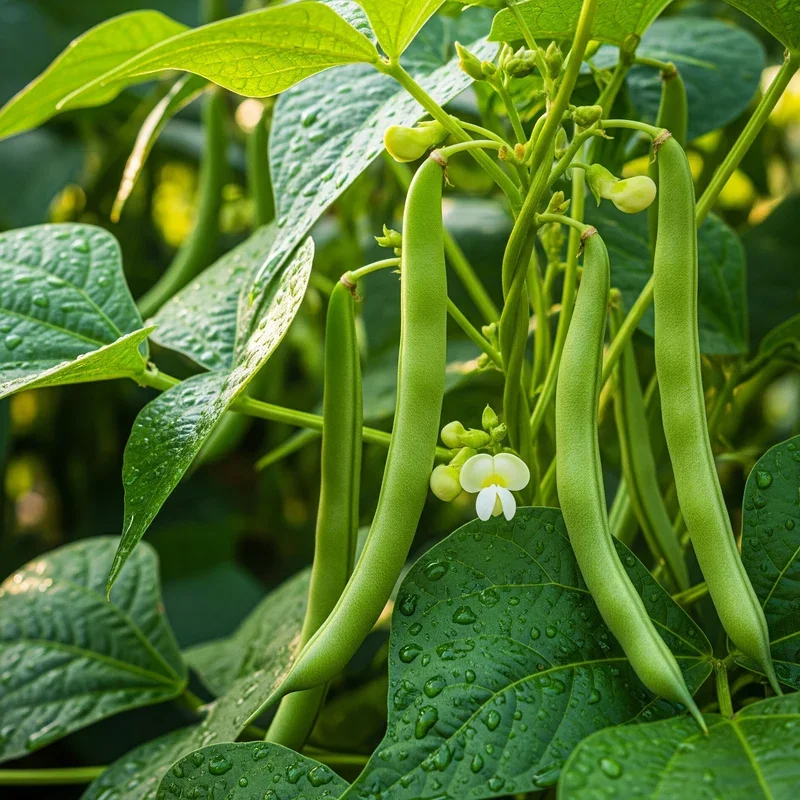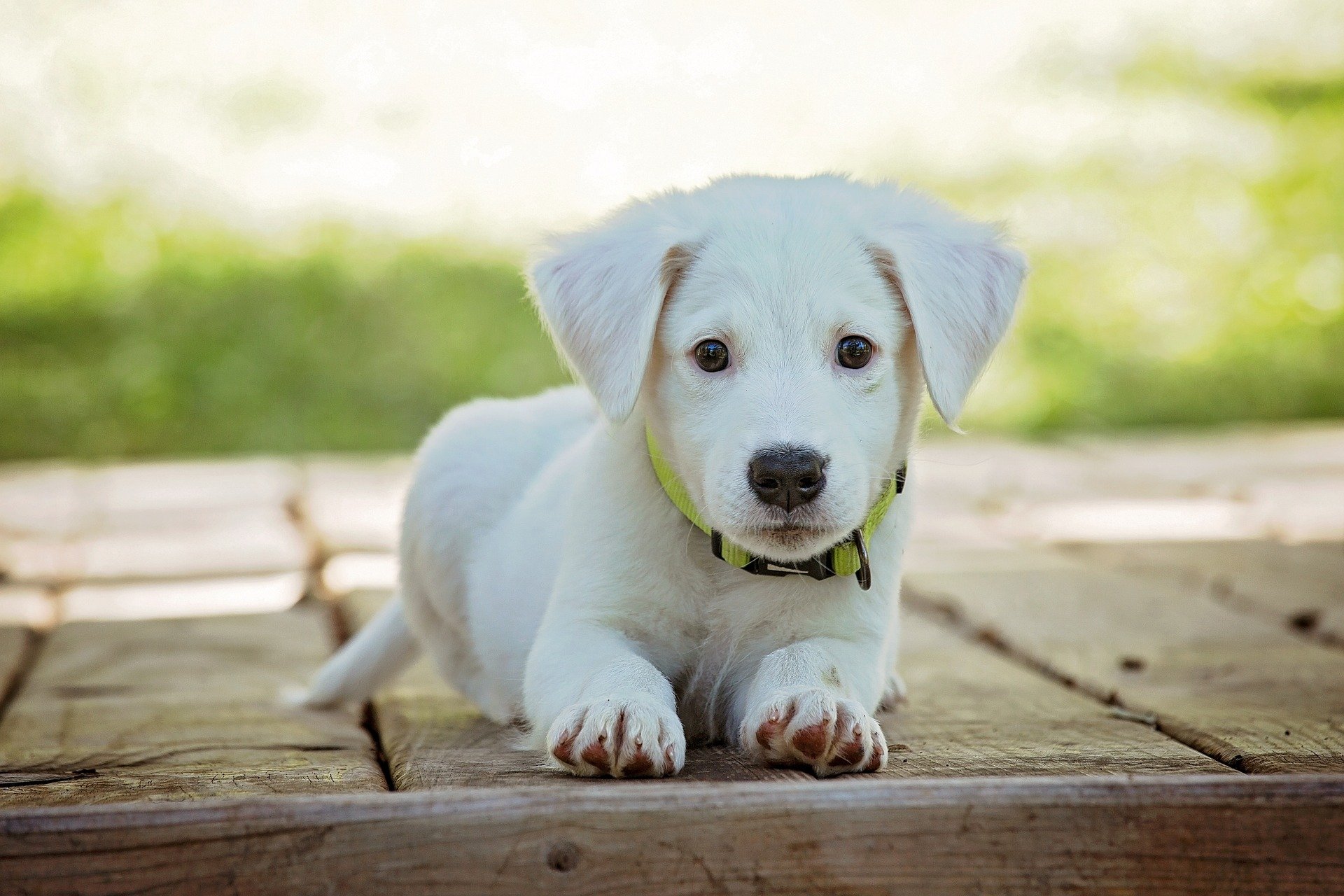When to Plant Green Beans for the Best Harvest Season
Discover when to plant green beans for the best harvest season. Learn optimal timing, growing tips, and seasonal strategies for abundant yields.
Well, butter my biscuit! If you're itching to grow some mouth-watering green beans in your garden, you've landed in the right patch. There's nothing quite like the satisfying snap of fresh beans straight from your own backyard, and honestly, getting the timing right makes all the difference between a bumper crop and a disappointing dud.
Growing up, my grandmother always said, "Plant your beans when the dogwoods bloom," and boy, was she onto something! The secret to a fantastic green bean harvest isn't just about tossing seeds in the dirt and hoping for the best. Nope, it's about understanding nature's rhythms, reading the seasonal cues, and knowing exactly when to get those precious seeds in the ground.
Whether you're a seasoned gardener or just starting your veggie-growing journey, figuring out when to plant green beans for the best harvest season can feel like solving a puzzle. But don't worry! We're about to dive deep into everything you need to know, from frost dates to soil temperatures, and trust me, by the end of this guide, you'll be planning your bean planting like a pro.
Understanding Green Bean Growing Basics
Before we jump into the nitty-gritty of timing, let's chat about what makes green beans tick. These versatile veggies, whether you call them snap beans, string beans, or haricots verts if you're feeling fancy, are actually pretty easygoing plants. They're warm-season crops that absolutely despise cold feet, meaning they need warm soil to germinate properly.
Here's the kicker: green beans come in two main varieties that'll affect your planting strategy:
• Bush beans: Compact plants that mature quickly (45-60 days) • Pole beans: Climbing varieties that take longer (60-75 days) but produce more
The variety you choose plays a huge role in determining your planting schedule. Bush beans give you that quick satisfaction, perfect if you're impatient like me! Meanwhile, pole beans keep producing throughout the season, making them ideal if you want beans all summer long.
When to Plant Green Beans for the Best Harvest Season by Region
Northern Climate Zones
Living up north where Jack Frost likes to overstay his welcome? You'll need to play it safe with your bean planting. In zones 3-5, patience isn't just a virtue; it's essential! Wait until late May or early June when soil temperatures consistently hit 60°F or warmer. Yeah, I know it's tempting to jump the gun when you see those first warm days, but trust me, cold soil will make your bean seeds sulk like teenagers asked to clean their rooms.
The sweet spot for northern gardeners typically falls between Memorial Day and mid-June. By planting during this window, you're setting yourself up for a July through September harvest. Pretty neat, right?
Southern Climate Zones
Y'all down south have it made when it comes to bean planting! In zones 7-10, you can often squeeze in multiple plantings throughout the growing season. Your first planting can happen as early as mid-March to April, once the threat of frost has passed. Heck, some lucky folks in zone 10 can plant beans almost year-round!
The beauty of southern growing is succession planting. Plant a new crop every 2-3 weeks from spring through late summer, and you'll have fresh beans from April clear through to November. Just watch out for that scorching summer heat; beans can get stressed when temperatures soar above 90°F consistently.
Temperate Middle Zones
If you're sitting pretty in zones 5-7, congratulations! You've hit the gardening jackpot for green beans. Your planting window typically opens in early to mid-May and extends through July for fall harvests. The soil warms up nicely by Mother's Day in most areas, making it a traditional planting marker.
These middle zones offer the best of both worlds: long enough summers for multiple plantings but cool enough springs and falls for stress-free growing. You can realistically get 2-3 solid harvests if you play your cards right.
Optimal Soil Temperature and Conditions
Alright, let's talk dirt! Green beans are particular about their soil temperature, and honestly, who can blame them? Nobody likes cold toes! The magic number you're looking for is 60°F at a 2-inch depth. Sure, beans can germinate in soil as cool as 50°F, but germination will be slower than molasses in January, and you risk seed rot.
For optimal germination and growth, aim for these conditions:
Soil temperature between 60-85°F
Well-draining soil (beans hate wet feet!)
pH level between 6.0-7.0
Full sun exposure (at least 6 hours daily)
Rich, loamy soil with plenty of organic matter
Here's a pro tip: invest in a soil thermometer. It's like having a crystal ball for your garden! Check the temperature for three consecutive mornings. If it's consistently above 60°F, you're golden.
Spring Planting Strategies
Spring planting is where most folks start their bean journey, and there's good reason for it! As the soil warms and days lengthen, conditions become ideal for rapid bean growth. But jumping in too early is a classic rookie mistake that'll leave you replanting faster than you can say "Jack and the Beanstalk."
The key to successful spring planting lies in reading nature's signs. When oak leaves are the size of squirrel ears (I kid you not, that's a real gardening indicator!), it's usually safe to plant. Another telltale sign? When soil crumbles in your hand rather than forming a muddy ball, you're ready to roll.
For spring planting success:
• Start seeds indoors 3 weeks before the last frost if you're really eager • Direct sow 1-2 weeks after the last frost date • Plant seeds 1 inch deep and 4-6 inches apart • Water gently to avoid disturbing seeds • Consider using row covers if unexpected cold snaps threaten
Summer Succession Planting Tips
Now here's where things get interesting! Succession planting is like having your cake and eating it too. Instead of planting all your beans at once and dealing with a massive harvest that'll have you begging neighbors to take beans off your hands, you plant small batches every 10-14 days.
This strategy ensures fresh beans throughout the season rather than a boom-and-bust cycle. Start your first succession planting two weeks after your initial spring sowing. Continue planting until about 10-12 weeks before your first expected fall frost. This way, running out of beans becomes virtually impossible!
During hot summer months, beans might need some extra TLC:
• Provide afternoon shade in extreme heat • Mulch heavily to keep soil cool and moist • Water deeply but infrequently to encourage deep root growth • Pick beans regularly to encourage continued production
Fall Planting Considerations
Planting beans for a fall harvest? You're thinking like a seasoned gardener! Fall-planted beans often produce superior quality pods because they mature during cooler weather. The beans are crisper, sweeter, and frankly, they're some of the best you'll taste all year.
To determine when to plant green beans for the best harvest season in fall, count backward from your first expected frost date. Subtract the days to maturity for your chosen variety, then add two weeks as a buffer. For example, if your first frost is October 15 and you're growing 55-day beans, plant by mid-August.
Fall planting offers unique advantages:
• Fewer pest problems • Less disease pressure • Cooler temperatures for comfortable harvesting • Extended harvest if frost holds off
Common Planting Mistakes to Avoid
Oh boy, where do I start? We've all made these mistakes, so don't feel bad if you recognize yourself here! The biggest whopper? Planting too early because one warm day in March got you excited. Those beans will just sit there, sulking in cold soil, possibly rotting before they ever sprout.
Another common goof is planting too deep. Beans only need to be planted 1 inch deep in heavy soil, maybe 1.5 inches in sandy soil. Plant them deeper, and they'll struggle to break through, especially if the soil crusts over after rain.
Watch out for these pitfalls:
• Overcrowding plants (they need air circulation!) • Ignoring soil preparation • Forgetting to inoculate seeds with rhizobia bacteria • Planting in the same spot year after year • Watering overhead during flowering (promotes disease)
Maximizing Your Harvest Throughout the Season
Getting the most from your bean plants isn't rocket science, but it does require some strategy. Regular harvesting is crucial; the more you pick, the more the plants produce. It's like they're saying, "Oh, you want beans? We'll give you beans!" Leave mature pods on the plant, and production screeches to a halt.
Harvest beans when they're young and tender, about the thickness of a pencil. Pick them every 2-3 days during peak season. Early morning harvesting, when plants are turgid with moisture, gives you the crispest beans that'll store longer.
To extend your harvest:
Plant different varieties with varying maturity dates
Use row covers to protect from early frost
Keep plants well-watered during pod formation
Side-dress with compost mid-season
Control weeds that compete for nutrients
Protecting Your Bean Plants
Your beautiful bean plants face threats from all sides, bless their hearts! From sneaky beetles to fungal diseases, staying vigilant keeps your harvest on track. Mexican bean beetles are particularly notorious, turning leaves into lacework faster than you can blink.
For pest control, hand-picking works wonders for small gardens. Larger plots might benefit from row covers during peak beetle season. As for diseases, proper spacing and avoiding overhead watering during humid weather prevents most fungal issues.
Common problems and solutions:
• Bean beetles: Hand-pick or use neem oil • Aphids: Spray with water or insecticidal soap • Rust: Ensure good air circulation, avoid overhead watering • Mosaic virus: Remove infected plants immediately • Root rot: Improve drainage, avoid overwatering
Conclusion
Growing green beans successfully boils down to timing, patience, and understanding your local climate. Whether you're planting in spring's promise or autumn's cooling embrace, knowing when to plant green beans for the best harvest season transforms your garden from good to spectacular. Remember, gardening's all about learning from each season, adapting to your specific conditions, and enjoying those delicious, home-grown beans that taste infinitely better than store-bought ones!
Read next: When to Plant Corn for Healthy and Strong Harvests
Frequently Asked Questions
Q1: Can I plant green beans in containers successfully?
A: Yes! Choose bush varieties and containers at least 12 inches deep.
Q2: How long do green bean seeds remain viable for planting?
A: Properly stored bean seeds stay viable for about three to four years.
Q3: Should I soak green bean seeds before planting them?
A: Soaking for 12-24 hours speeds germination but isn't absolutely necessary.
Q4: What's the best fertilizer for growing green beans?
A: Use low-nitrogen fertilizer; beans fix their own nitrogen from air.
Q5: Can green beans survive a light unexpected frost?
A: No, green beans are frost-sensitive and will die if frozen.






